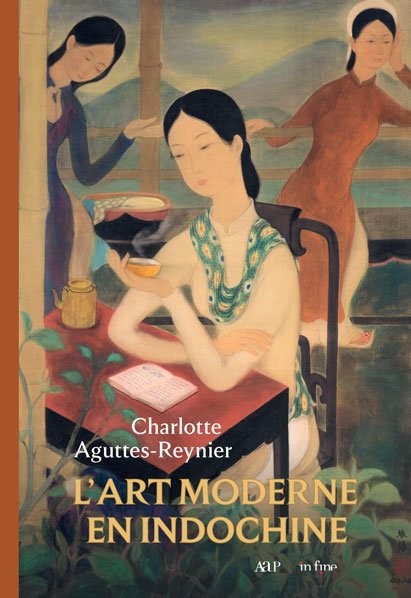Read about My Lai Massacre to Appreciate Value of Peace More
In the morning of March 16, 1968, US troops entered four hamlets, namely My Lai 4, My Khe 4, Binh Tay, and Binh Dong of Son Tinh district, the central province of Quang Ngai, located near the demilitarised zone called "Pinkville" by the US. After three hours, more than 500 unarmed villagers, mostly women and children, were killed by US troops.
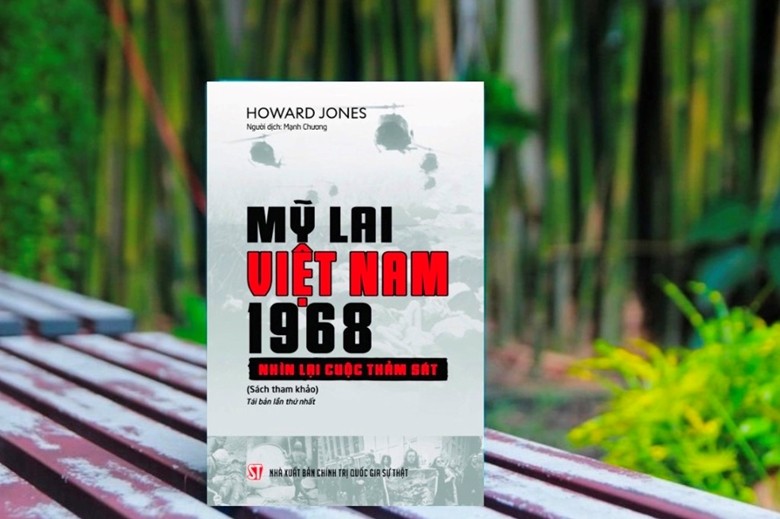 |
| The Vietnamese version of the book “My Lai: Vietnam, 1968, and the Descent into Darkness”. Source: baotintuc.vn |
The Vietnamese version of the book “My Lai: Vietnam, 1968, and the Descent into Darkness” by Howard Jones has been published by the Su that (Truth) National Political Publishing House, giving readers anther insight into the US invasion of Vietnam, VNA reported.
Titled "My Lai: Viet Nam, 1968 - Nhin lai cuoc tham sat" in Vietnamese, the over-700-page book, translated by Manh Chuong, provides a full, comprehensive, and truthful description of one of the “darkest” events in the US’s military intervention in Vietnam.
It came as a result of an almost decade of research by Howard Jones, University Research Professor of History Emeritus at the University of Alabama.
Of the three parts, the first touches upon the causes of the pain by My Lai residents, the second analyses the massacre’s aftermath and the US administration’s cover-up, and the last is about what the US administration had to pay for the crime.
"The best book by far on the My Lai massacre and its aftermath—exhaustively researched, persuasively argued, and a page-turner to boot. A must-read for anyone interested not only in the Vietnam era, but also in how things can go terribly wrong in the midst of armed conflict, the laws of war notwithstanding. Truly exceptional!", according Ralph B. Levering, author of “The Cold War: A Post-Cold War History”.
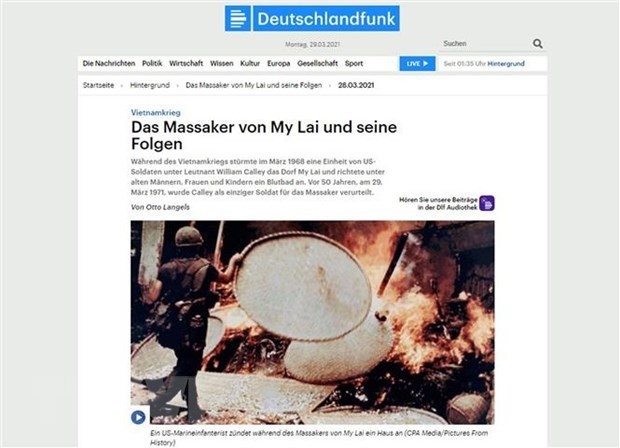 |
| A screenshot of the German-based public-broadcasting radio station Deutschlandfunk, in 2021 broadcasts a programme on the My Lai massacre on March 28, giving the audiences detailed information on the wartime crime committed by the US army in Vietnam in March 1968. Photo: VNA |
On March 16, 1968, a unit of US soldiers led by 24-year-old Lieutenant William Calley raided My Lai hamlet of Son My village in the central province of Quang Ngai, where they shot at anything that moved, be they men or women, the elderly or children. As many as 504 unarmed civilians were killed.
The atrocity, the My Lai massacre, took its name from one of the hamlets.
On March 29, 1971, Calley was convicted by a US military court for the willful homicide of 22 civilians and attempted murder of a two-year-old child and was sentenced to life imprisonment. He was the only one convicted in the case.
However, Calley served only three days of his sentence in jail, then President Richard Nixon personally ordered him to be released and placed under house arrest. Nixon finally pardoned Calley in 1974.
The killings that occurred in My Lai prompted widespread outrage around the world. The massacre is also credited with advancing the end of the American War because it significantly undermined public support in the United States for the war effort.
| The Whistleblower of My Lai Massacre On March 30th, in Hanoi, the Vietnam – U.S. Society (VUS) screened a documantary entitled “The Whistleblower of My Lai” by director Connie Field in ... |
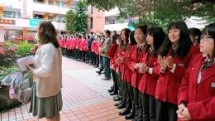 | My Lai Peace Foundation sponsors scholarships for Master degree in Taiwan 30 bachelors are being received Master’s degree full scholarship in Taiwan from My Lai Peace Foundation and Chen Yung Memorial Foundation. |
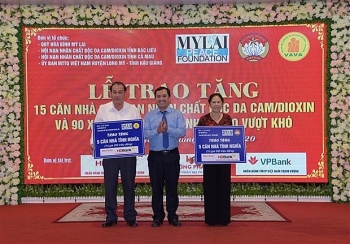 | My Lai Peace Foundation presents gifts to AO/dioxin victims and poor students in three provinces The My Lai Peace Foundation - a non-profit organization in coordination with the Association for Victims of Agent Orange (AO)/Dioxin of the Mekong Delta provinces of ... |
Recommended
 Viet's Home
Viet's Home
“Global Vietnamese Singing 2025” - Connecting Hearts Longing for Homeland
 Viet's Home
Viet's Home
Vietnam’s People's Public Security Force Actively Contributes to UN Peacekeeping Operations
 Viet's Home
Viet's Home
HAUFO Enhances Competence of People-to-People Diplomacy Personnel
 Viet's Home
Viet's Home
Hands that Reserve Da Long Brocade Craft
Popular article
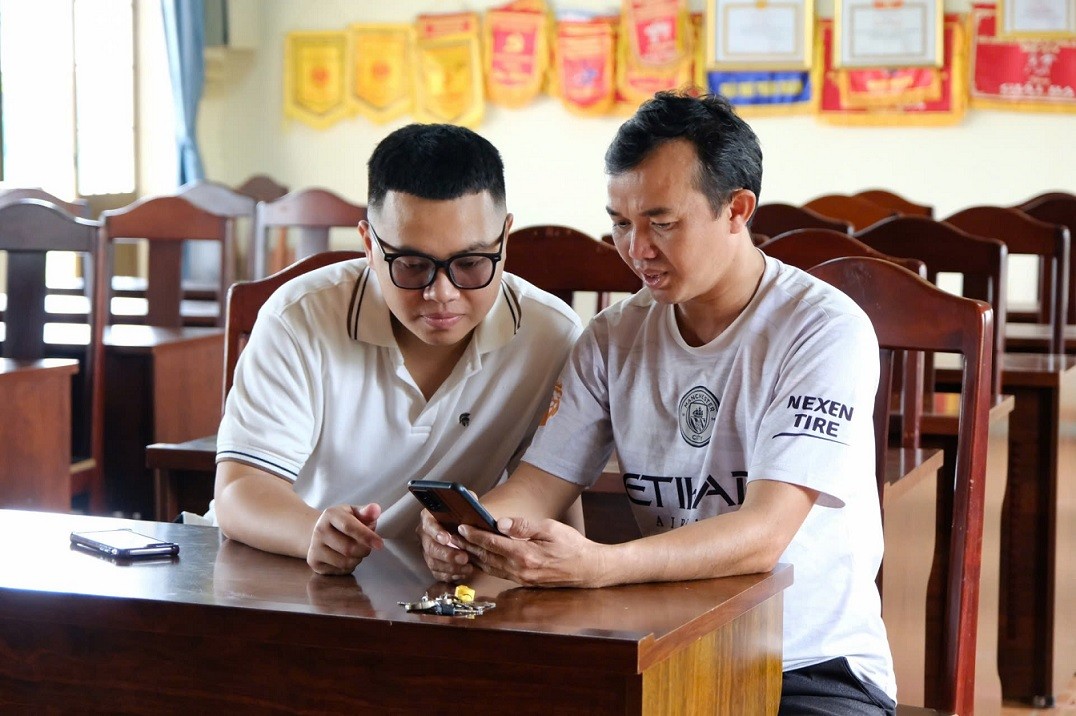 Viet's Home
Viet's Home
Da Rsal – How Digital Transformation Reshape a Poor Commune
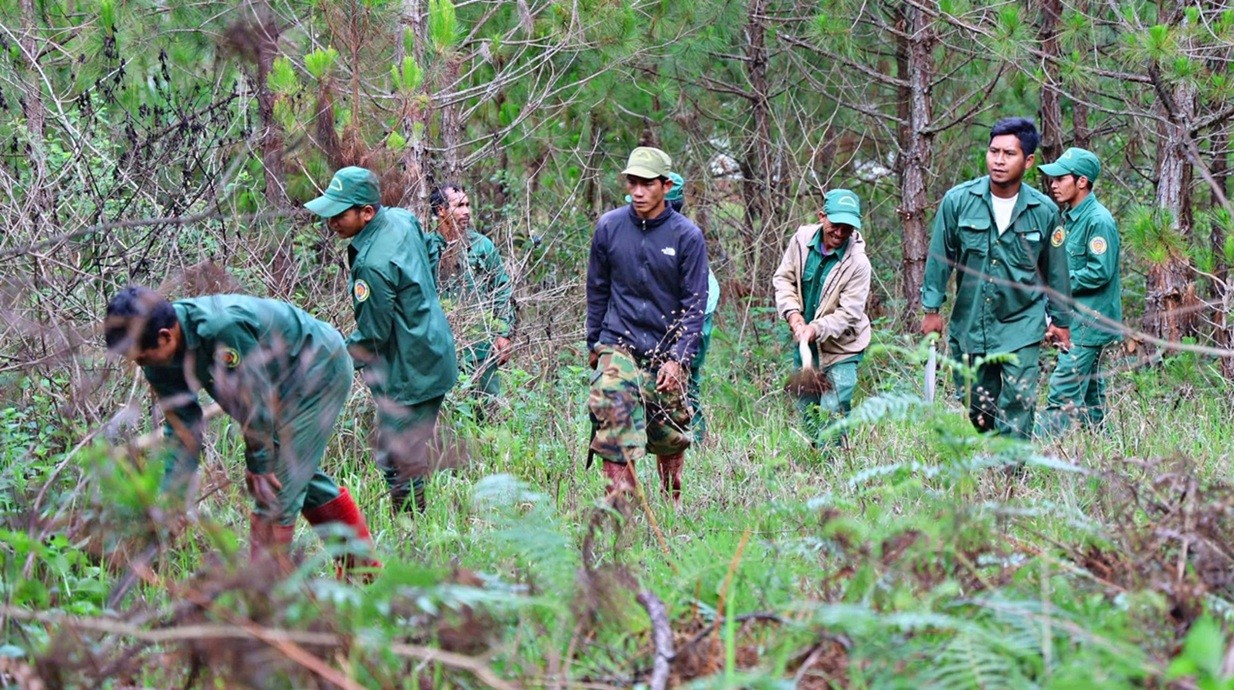 Viet's Home
Viet's Home
Vietnam Classified as “Low Risk” Under the EU Anti-Deforestation Regulation
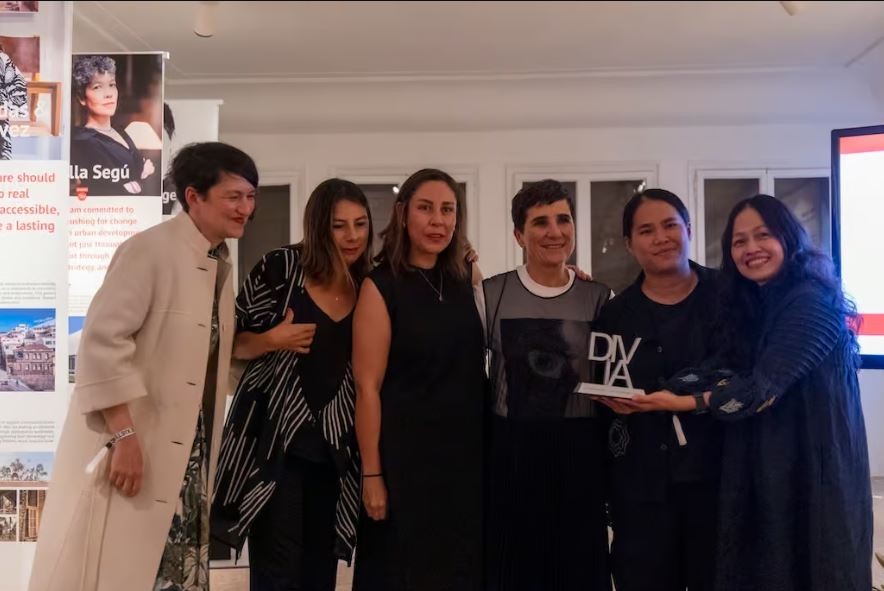 Viet's Home
Viet's Home
Vietnamese Architect Wins the Diversity in Architecture Award 2025
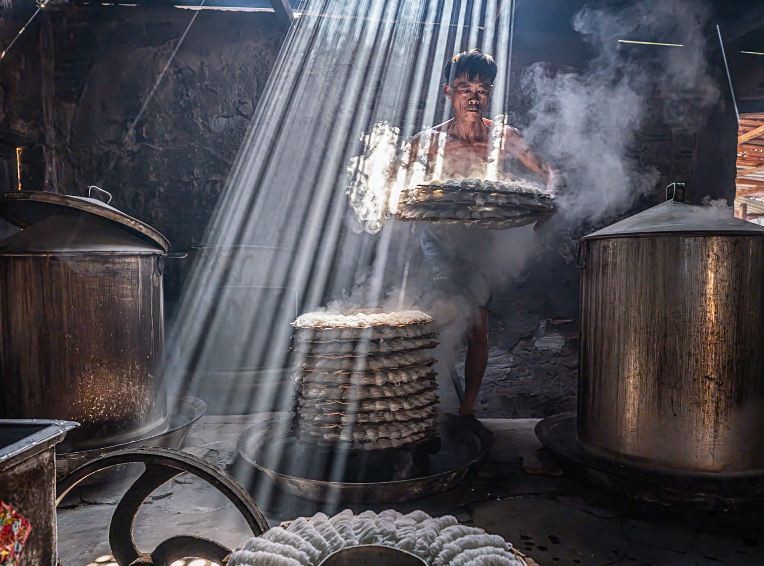 Viet's Home
Viet's Home






